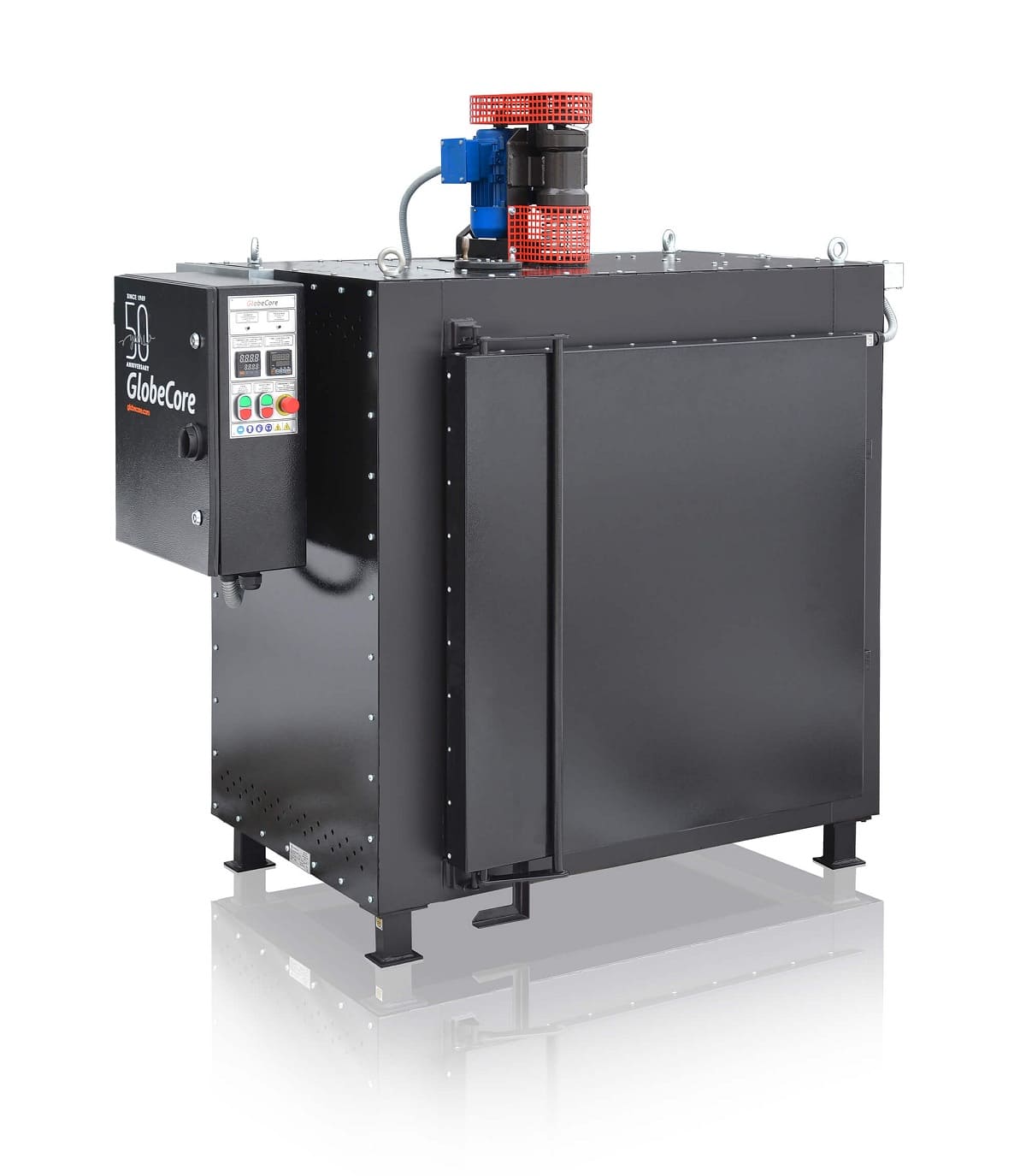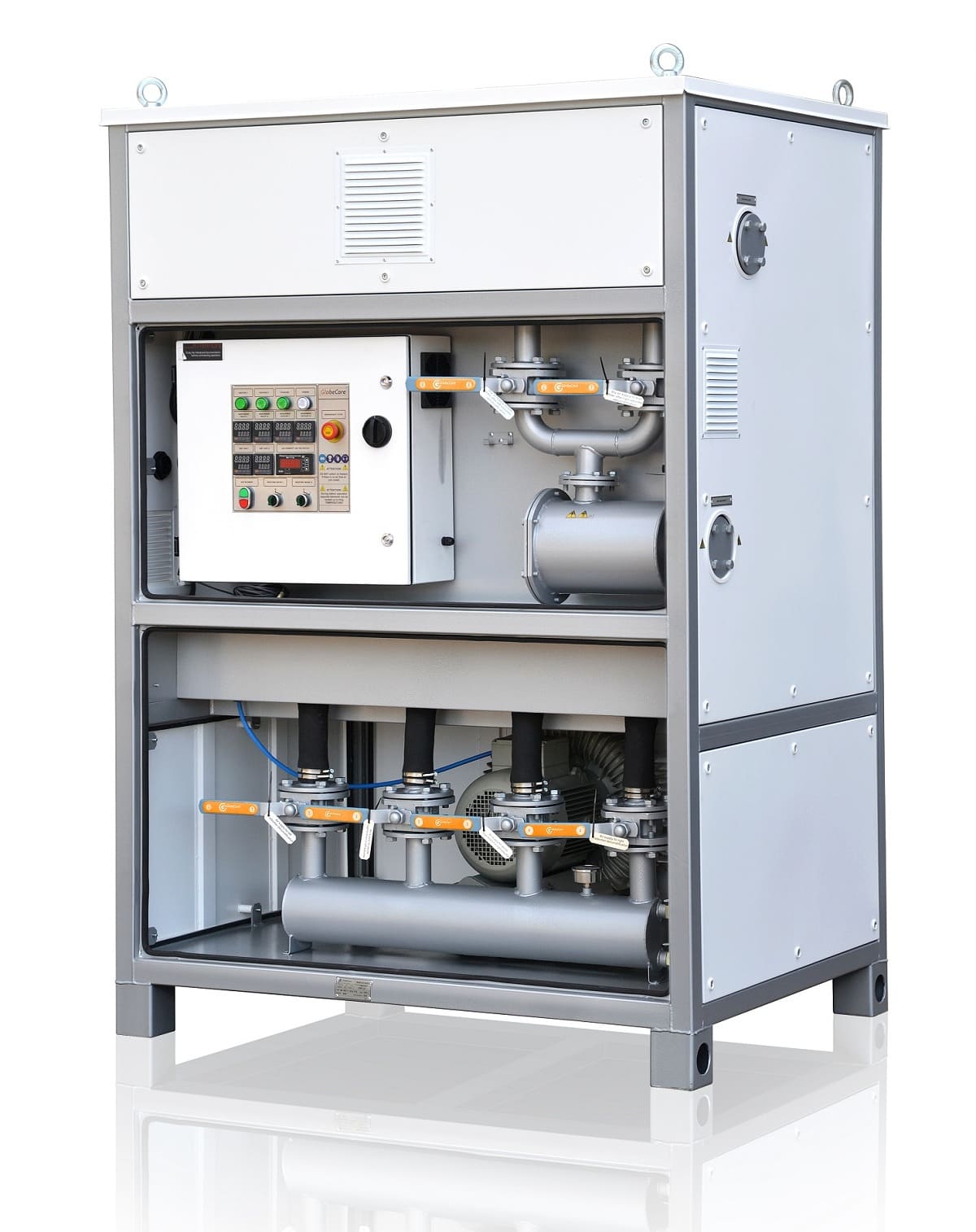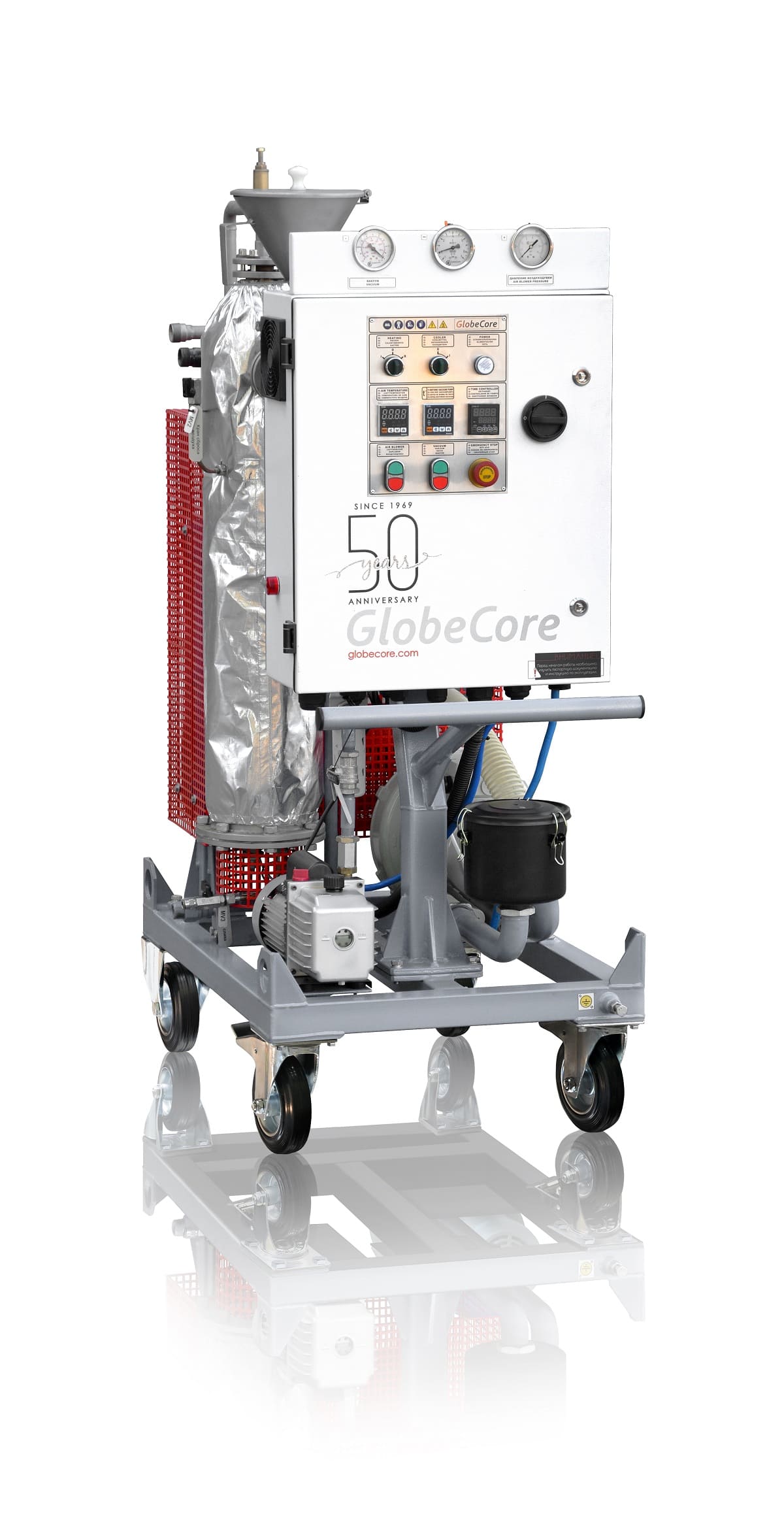Can you describe the Insulating Oil Drying Process and its significance in transformer operations?
- 该话题包含 1个回复,2 人参与,最后由 更新于 1年、 2月前 。
Answers
-
十月 4, 2024 5:03 下午 by Laura Anderson
The Insulating Oil Drying Process is a crucial maintenance procedure aimed at removing moisture and contaminants from transformer oil to preserve its insulating and cooling capabilities. The process begins with heating the oil to reduce its viscosity, which enhances the efficiency of subsequent drying steps. The oil is then subjected to air circulation or vacuum conditions, facilitating the evaporation and removal of moisture. Filtration systems may be employed to eliminate particulate contaminants, while adsorbent materials absorb acidic compounds and other impurities. Degassing chambers remove dissolved gases that can compromise the oil’s dielectric strength. The final stage involves cooling the oil to its optimal operating temperature before reintegration into the transformer. The significance of the Insulating Oil Drying Process lies in its ability to maintain the oil’s high dielectric strength, prevent electrical discharges, reduce the risk of corrosion, and ensure effective heat dissipation. By thoroughly drying the insulating oil, the process enhances the transformer’s reliability, efficiency, and overall lifespan, safeguarding the electrical infrastructure from potential failures and costly downtimes.



